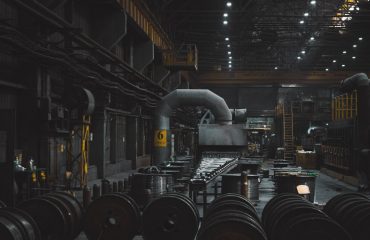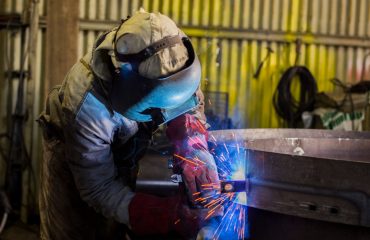Navigating the complex world of European manufacturing standards can be daunting. This comprehensive guide will equip you with the knowledge and understanding necessary to successfully manufacture products that meet EN standards, ensuring quality, safety, and market access.
Understanding EN Standards and Their Importance
EN standards, developed by the European Committee for Standardization (CEN), represent a crucial set of technical specifications for a vast array of products and services within the European Union and beyond. Compliance with these standards isn’t merely a suggestion; it’s often a legal requirement for placing products on the market. Failing to meet these standards can lead to significant consequences, including product recalls, fines, legal action, and reputational damage. EN standards cover everything from material properties and manufacturing processes to performance and safety requirements, ensuring a consistent level of quality and minimizing risks for both manufacturers and consumers. Understanding the specific EN standards applicable to your products is the first crucial step in achieving compliance.
Implementing a Robust Quality Management System (QMS)
A robust Quality Management System (QMS), often based on ISO 9001, forms the backbone of EN standard compliance. This system provides a framework for consistently meeting customer and regulatory requirements. A well-defined QMS includes procedures for:
- Document control: Ensuring all relevant EN standards and internal documents are readily accessible, controlled, and up-to-date.
- Process control: Establishing and monitoring processes to ensure consistent product quality, adhering to specified EN standards at each stage of production.
- Internal audits: Regularly assessing the effectiveness of the QMS and identifying areas for improvement. These audits should specifically address compliance with applicable EN standards.
- Corrective and preventive actions (CAPA): Implementing procedures to address non-conformances and prevent their recurrence. This is vital for maintaining compliance with EN standards.
- Management review: Regularly reviewing the performance of the QMS and identifying opportunities for continuous improvement. This should include a dedicated review of EN standard compliance.
Rigorous Testing and Verification Procedures
Meeting EN standards necessitates a rigorous testing program. This involves verifying that your products meet the specified requirements throughout the manufacturing process. This might include:
- Material testing: Ensuring the raw materials used meet the specified quality and performance characteristics outlined in the relevant EN standards.
- In-process testing: Conducting tests at various stages of the manufacturing process to identify and address potential issues early on.
- Final product testing: Performing comprehensive tests on the finished product to ensure it meets all the requirements specified in the applicable EN standards. This often involves third-party testing and certification.
- Environmental testing: Depending on the product, this might involve testing for resistance to extreme temperatures, humidity, or other environmental factors.
- Safety testing: For products with safety implications, rigorous safety testing is crucial to ensure compliance with relevant EN standards and prevent potential hazards.
Navigating the Certification Process
Certification by a notified body, an organization authorized by a national accreditation body, often provides independent verification of your compliance with EN standards. This certification demonstrates to customers and regulatory authorities that your products meet the required standards. The certification process typically involves:
- Application: Submitting an application to a notified body, providing details about your products and manufacturing processes.
- Factory inspection: A notified body inspector will visit your facility to assess your QMS and manufacturing processes to ensure they comply with the relevant EN standards.
- Product testing: Samples of your products will be tested by the notified body to verify compliance with the specified requirements.
- Certification: Upon successful completion of the inspection and testing, the notified body will issue a certificate confirming your compliance with the relevant EN standards.
- Surveillance audits: Regular surveillance audits are conducted to ensure continued compliance with the EN standards.
Continuous Improvement and Staying Ahead of Changes
EN standards are regularly updated to reflect technological advancements and evolving safety requirements. Maintaining compliance requires a commitment to continuous improvement. This includes:
- Regularly reviewing and updating your QMS: Ensuring your processes remain aligned with the latest versions of the relevant EN standards.
- Monitoring industry best practices: Staying informed about changes in EN standards and best practices within your industry.
- Investing in training and development: Ensuring your employees have the knowledge and skills necessary to maintain compliance with EN standards.
- Proactive risk management: Identifying and mitigating potential risks to compliance, addressing potential issues before they escalate.
- Participating in industry forums and conferences: Networking with other manufacturers and experts to share best practices and stay updated on changes in EN standards.
By implementing a comprehensive approach that encompasses these key areas, manufacturers can effectively navigate the complexities of EN standards and build a reputation for quality and compliance. This will not only ensure market access but also enhance customer trust and brand loyalty.
SEO-Friendly Tags:
- EN Standards Manufacturing
- European Standards Compliance
- ISO 9001 and EN Standards
- EN Standard Certification
- Manufacturing Quality Management




